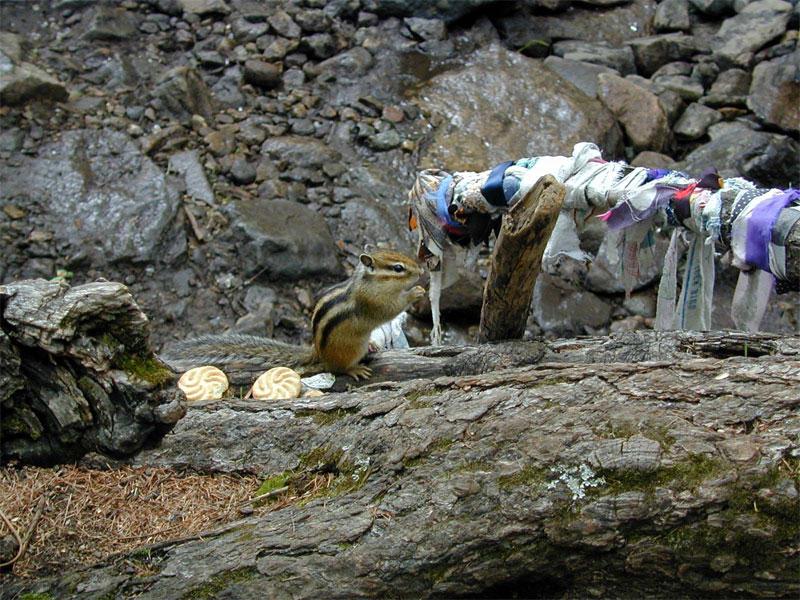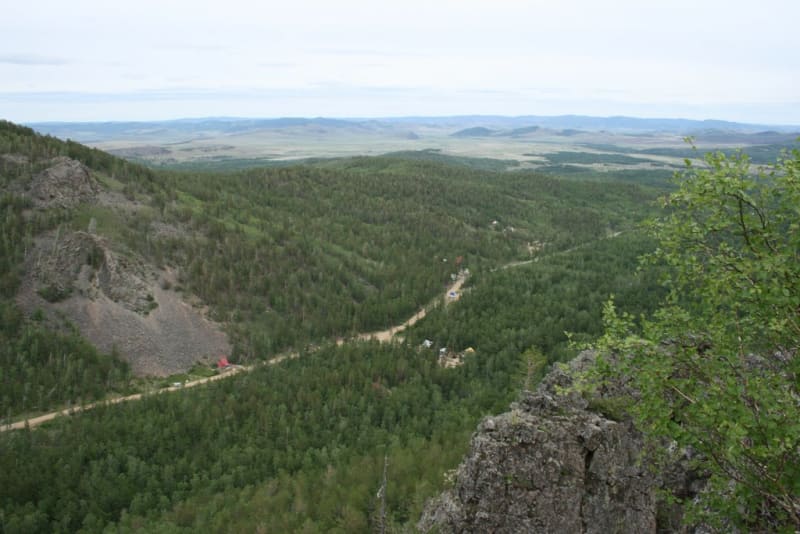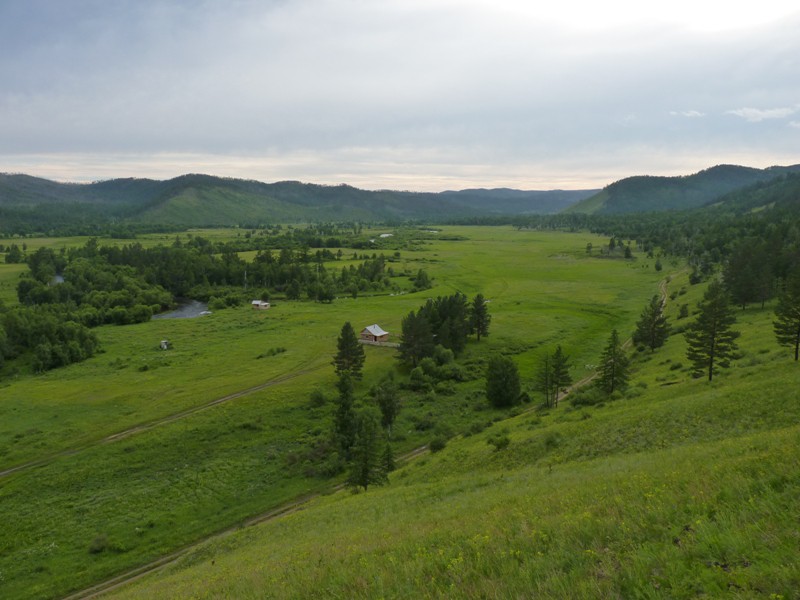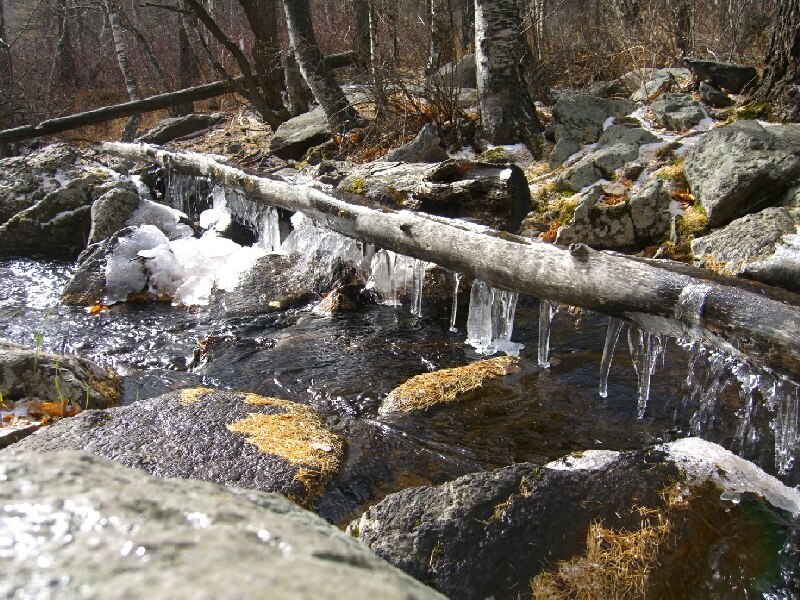Alkhanay National Park
Alkhanai is a national park in Russia, established very recently, in 1999. The purpose of the creation was to preserve the historical and cultural values of these places, flora and fauna, as well as the unique natural complexes of the park. The height of the mountains reaches 1200 meters, and the park has a wide variety of landscapes: from meadows and steppes to rocks and rivers with many waterfalls. The park is located on the border of two neomorphological regions - Daursky and Onon-Argunsky, covering an area of 1,382 km2.

As Buryat legends say, Princess Baljin-khatun lived in these parts. And they married her to a Mongolian feudal lord, she needed to move to Mongolia, but the enemies did not give the newlyweds peace of mind and they decided to return to the homeland of the princess. On the way to their native lands, they were overtaken by their enemies. The last thing the princess shouted was "Alkhany", which means kill. So the name of the mountain appeared, and the Balzinsky Lake was named after the princess, on the shore of which she was buried. Other legends are also connected with Mount Alkhanai. Rumor has it that Genghis Khan's patrol was once stationed on the mountain, and among the Buryats themselves the mountain is revered as a Buddhist shrine.
Alkhanai National Park has a large number of Buddhist shrines. Buddhism came to these parts in the early 19th century, due to the activities of Namnanai Lama. In the summer of 1991, the head of the Buddhist clergy, Dalai Lama XIV Danzan Zhamso, visited Alkhanai. A Buddhist stupa monument was erected in honor of his presence. The monument complex includes more than 20 religious sites, especially famous and revered:

- Maanin Shuluun - a stone wall with mantras on it,
- Dimchig Sume - Temple of the God Dimchig (the master of the mountain),
- Nara Hajad - The Celestial Musician,
- Wuden Sume - Gate Temple,
- Dorje Pagmyn Sume is the Temple of the Diamond Queen (wife of the owner of the mountain). The rock is 12 meters high. On the south side there is a bowl, which is used by pilgrims as an altar.,
- The Sinners' Gap,
- Ehin Umai - Mother's Womb,
- Zurkhan Shuluun - The Stone Heart,
- Choreo Shuluun Is A Stone Fence.
There is a platform at the top of Alkhanai, and a temple of Great Benefit is located at its base. There is a crack in the mountain that goes deep into the mountain, and water flows from it, which is considered life-giving. Believers drink water and in retaliation give gifts in the form of coins and grain. Having visited these places, you can get an idea of the most ancient philosophy of Buddhism, which stands out for its caring attitude towards nature.
There is a Ubzhogie gorge in the park, with a stone arch better known as the Temple Gate. There are 3 groups of drawings made of red and yellow ochre on the walls of the rock, depicting people, animals, crosses, and there is also an inscription made about a thousand years before our era. There are also Buddhist monuments in the arch: a stupa and an oratory.
In the park Alkhanai has many rare trees, such as Siberian pine and spruce, cedar elam. Approximately 200 species of plants in the park are used in medicine, and 130 varieties of moss also grow. The park has 120 species of mammals. In Alnakhai, you can often find a hare, stork, golden eagle, belladonna, screamer swan, raisin, roe deer, sable, ermine. It is not uncommon to encounter large predators such as: brown bear, lynx, fox. There are 37 small and impressive rivers in the park, in which 18 species of fish are found, the most widespread are taimen, lenok, grayling.
Interest in Alkhanai Park is growing every year, both from tourists and pilgrims. Water from springs (Auchan) It is considered holy and is used for medicinal purposes. The largest number of visitors registered per day reaches almost 2,000 people. New scientific and educational routes are being developed in the park.





